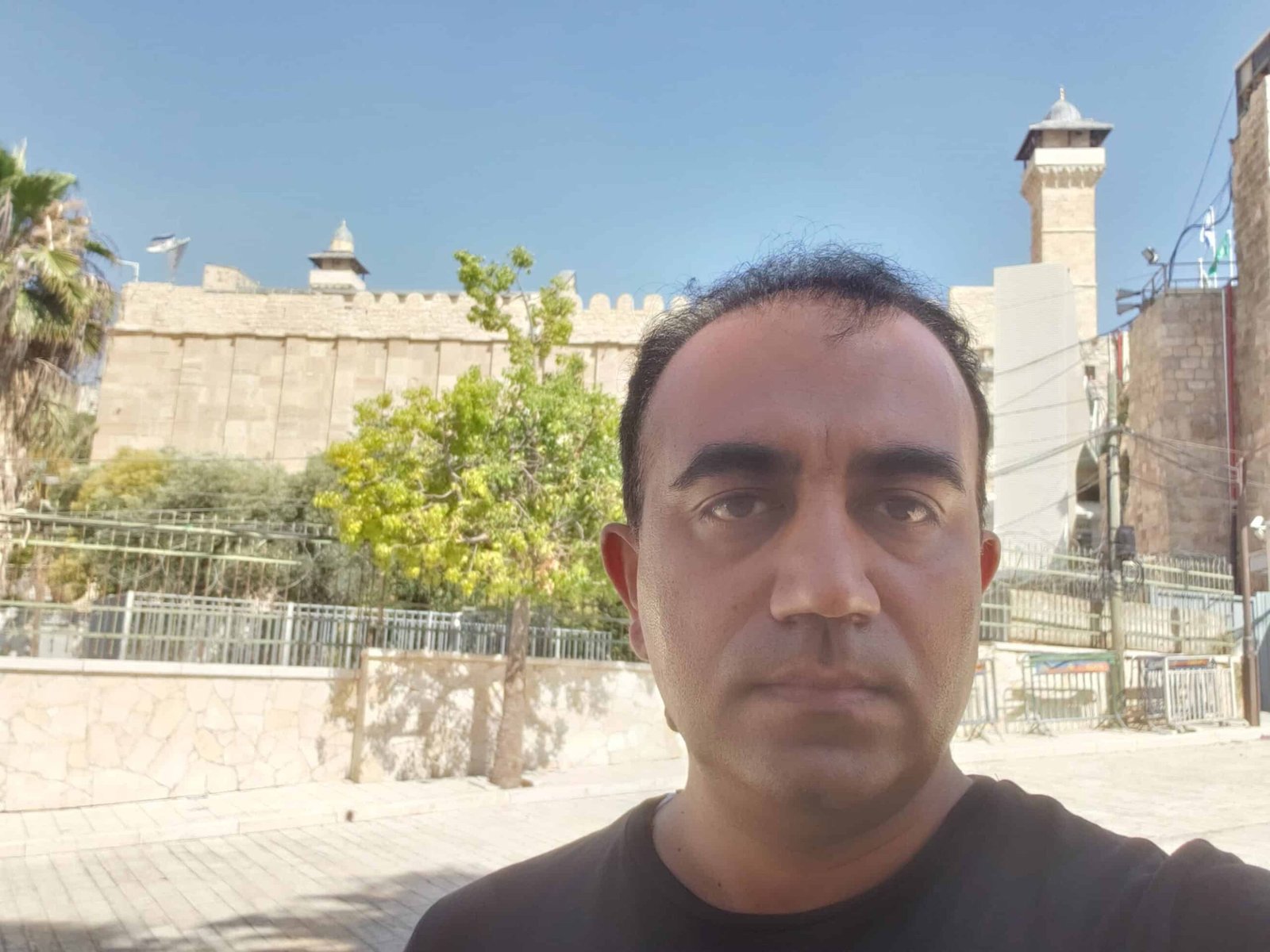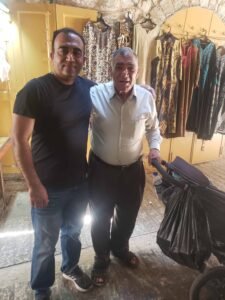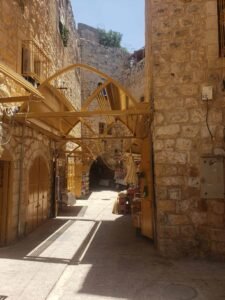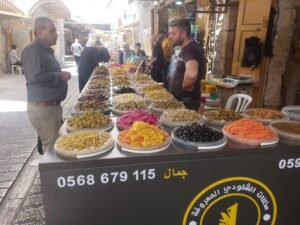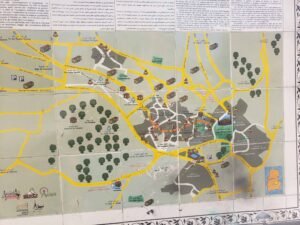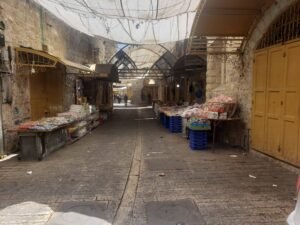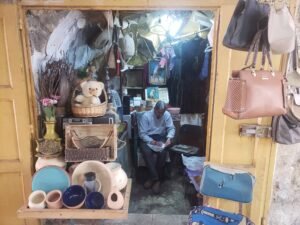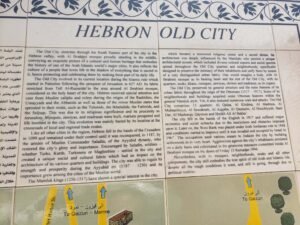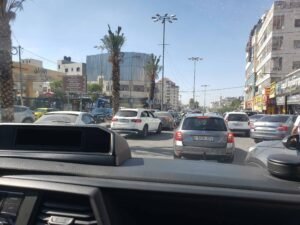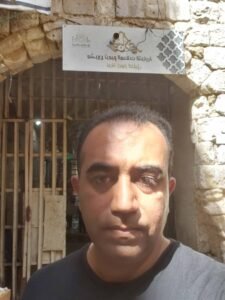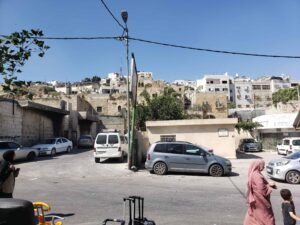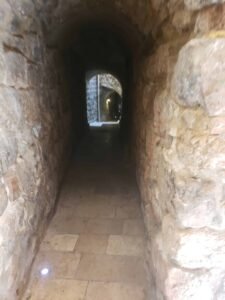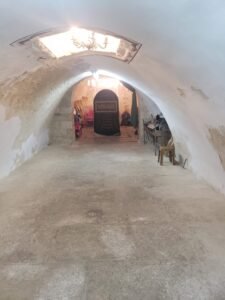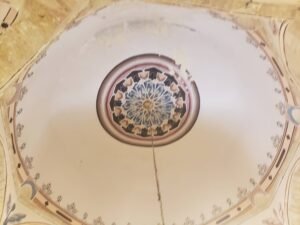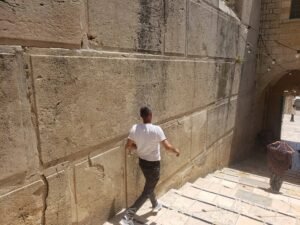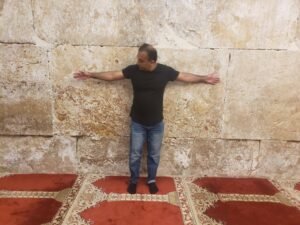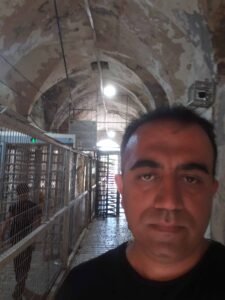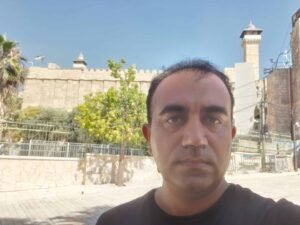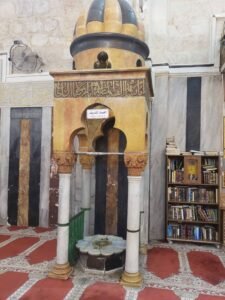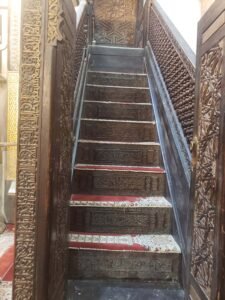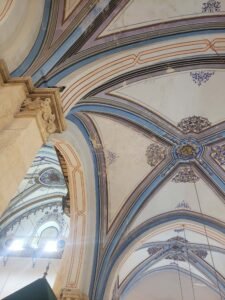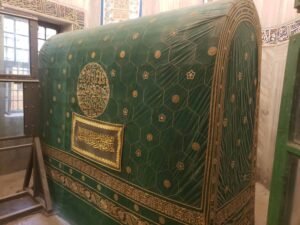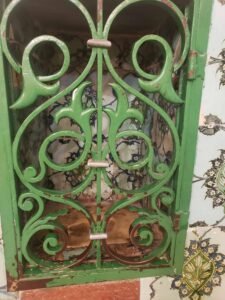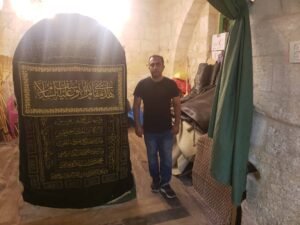Hebron, known as Al-Khalil in Arabic, is one of the oldest cities in the world, steeped in history, culture, and faith. Located in the southern part of the West Bank in Palestine, this city holds a unique and profound significance for Judaism, Christianity, and Islam. At the heart of Hebron lies one of its most revered sites, Masjid Ibrahim, also known as the Ibrahimi Mosque or the Tomb of the Patriarchs.
Historical Significance of Hebron
Hebron’s history dates back over 6,000 years, making it one of the world’s oldest continually inhabited cities. Its name, derived from the Arabic word “Al-Khalil,” meaning “The Friend,” is a reference to Prophet Ibrahim (Abraham, peace be upon him), who is considered the “Friend of God” (Khalilullah).
Hebron has been a centre of trade, agriculture, and spirituality throughout history. It is renowned for its ancient olive trees, bustling souks, and production of hand-crafted glass and pottery. The city also serves as a living testament to centuries of civilisation, with its architecture and urban design reflecting Islamic, Roman, and Byzantine influences.
Masjid Ibrahim (Ibrahimi Mosque): The Sacred Sanctuary
The Ibrahimi Mosque, situated in the heart of Hebron, is a site of immense religious significance. It is believed to house the tombs of Prophet Ibrahim (Abraham) and his family, including his wife Sarah, his sons Prophet Ishaq (Isaac) and Prophet Yaqub (Jacob), and their wives.
- The structure over the tombs dates back to the Herodian period (37–4 BCE). King Herod built the initial massive stone enclosure, which remains one of the world’s most significant ancient structures.
- During the Islamic Caliphate of Umar ibn al-Khattab, the site was converted into a mosque in 637 CE.
- Over the centuries, it was adapted and expanded by various rulers, including the Mamluks and Ottomans, who added domes, minarets, and other Islamic architectural features.
Religious Importance
In Islam, Masjid Ibrahim is considered one of the holiest sites in Islam after Masjid al-Haram (Mecca), Masjid al-Nabawi (Medina), and Masjid al-Aqsa (Jerusalem). It serves as a spiritual centre where Muslims from around the world come to offer prayers and seek blessings.
In Judaism and Christianity, the site is revered as the Cave of Machpelah, mentioned in the Bible. According to tradition, this is the burial place purchased by Prophet Abraham as a family tomb, symbolising his enduring legacy as the patriarch of monotheistic faiths.
Prophet Yusuf’s Tomb in Masjid Ibrahim
Prophet Yusuf (peace be upon him) is a central figure in Islamic tradition, known for his unwavering faith, wisdom, and the remarkable story of his life, as narrated in the Quran and the Bible. He is considered the epitome of patience and perseverance in the face of hardship.
In Islamic tradition, it is believed that Prophet Yusuf was buried alongside his father, Prophet Yaqub (Jacob, peace be upon him), and other members of the prophetic lineage in Hebron. His tomb is marked by a cenotaph within the Ibrahimi Mosque, which is visited by pilgrims who come to pay their respects and seek blessings.
According to Islamic and Judaic traditions, after Prophet Yusuf passed away in Egypt, his remains were eventually transported to Canaan (present-day Hebron) to fulfill his wish of being laid to rest near his ancestors. This belief reinforces the idea of Hebron as a familial and spiritual home for many Prophets.
Architectural Splendour
The mosque is a masterpiece of ancient and Islamic architecture. The Herodian walls are constructed with massive stone blocks, each weighing several tons. Inside, the mosque features intricately designed prayer halls, a mihrab (prayer niche), and ornate ceilings. The tombs are marked by cenotaphs (decorative tomb markers), surrounded by protective grilles.
Visitors are often struck by the serene and spiritual ambiance of the mosque. The call to prayer echoes through the ancient stone walls, blending the past and present in a powerful testament to faith.
The Ibrahimi Mosque Massacre and Its Aftermath
On February 25, 1994, during the holy month of Ramadan, the Ibrahimi Mosque in Hebron witnessed a horrifying tragedy. A far-right Jewish, Baruch Goldstein, opened fire on worshippers during the early morning Fajr prayers. The attack resulted in the deaths of 29 Palestinian Muslims and left over 100 others injured. The massacre was carried out as the worshippers were bowing in sujood (prostration), rendering them defenceless.
The massacre sparked widespread outrage and protests across Palestine and beyond. The Israeli government condemned the attack but also imposed strict security measures in Hebron that significantly affected the local Palestinian population. The Ibrahimi Mosque was divided into two sections: one for Muslim worshippers and one for Jewish worshippers. This division remains in place today, with security checkpoints and metal detectors regulating access to the site.
The division of the mosque marked a turning point in Hebron’s history. The Old City, once a bustling hub, became heavily restricted. Many Palestinian residents and businesses left the area due to the restrictions, leading to economic and social decline.
Access to the mosque is now tightly controlled, with Muslims often facing restrictions during Jewish holidays.
Modern-Day Hebron
Despite the challenges posed by political tensions, Hebron thrives as a cultural and historical hub. Its Old City is a UNESCO World Heritage Site, with winding alleyways, vibrant markets, and historic buildings showcasing Palestinian heritage.
Hebron is a popular destination for pilgrims and tourists. Visitors to Masjid Ibrahim often combine their journey with trips to other significant sites in Palestine, such as Bethlehem, Jerusalem, and Jericho.
Challenges and Preservation
Hebron and Masjid Ibrahim face political and social challenges due to the ongoing Israeli-Palestinian conflict. The mosque has been divided into separate sections for Muslim and Jewish worshippers, a division that reflects broader tensions in the region. Efforts are underway by local and international organisations to preserve the city’s cultural and historical identity while advocating for peace and coexistence.
Some Practical Tips
- I took a day trip from Jerusalem to Hebron via a shared taxi, which was quite affordable, costing only a few shekels. The taxi usually does not stop at the checkpoint, meaning it avoids passport checks and saves time.
- Some local shopkeepers in Hebron may offer to act as your guide. While they can be helpful, there is no real need to hire a local guide. If you do wish to support them financially, feel free to do so, as they often rely on tourism for their livelihood. However, if you decide not to hire them, it’s best to politely decline their offer or agree on a fixed price beforehand. These individuals aren’t troublemakers like many other countries—they just want to make a living—but agreeing on terms will help avoid any awkwardness later.
- Upon entering the Ibrahimi Mosque, I had to pass through a series of security checks, including walking through a metal detector. My passport was also checked as part of the process.
- On the way to Jerusalem, I stopped in Bethlehem. I used public transport, specifically a minivan, and again paid only a few shekels (may be a dollar) for the ride.
- I spent a few hours in Bethlehem on my way. The town has a distinct vibe, with a multicultural society where Christians and Muslims live together in harmony and respect. I found Palestinians very helpful in both cities.
- I also took a bus from Bethlehem to Jerusalem to experience public transportation, paying a few shekels for the ride. The bus was quite old and went directly to Jerusalem. However, when we entered Israel, the security forces stopped the bus, and we had to undergo a passport check, which was conducted a “parade style” inspection with passengers and checked the passports and visas.
- During the trip, you will see the occupied areas and the separation wall, which is quite distressing. Palestine is inside Israel and is located far from Gaza. Israel is a highly developed country in many respects, but Palestine is a poor and deprived state.
I hope this help you in planing your trip to Hebron, But if you need any further information please feel free to contact me.
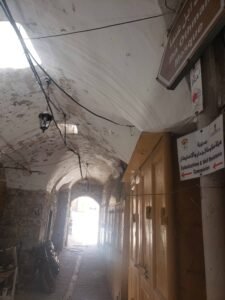
Street in Hebron Palestine
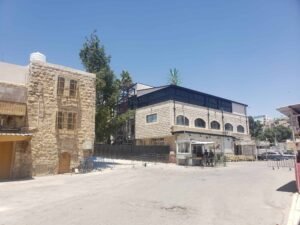
Israeli checkposts in Hebron, Palestine
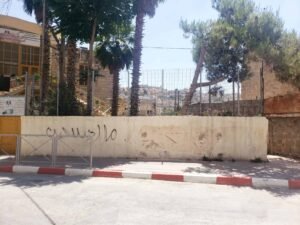
Israeli checkposts and wall on hill in Hebron, Palestine
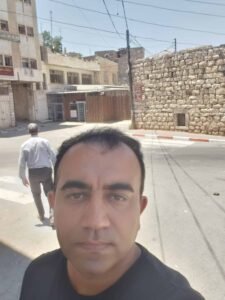
Gated checpoints in Hebron, Palestine

